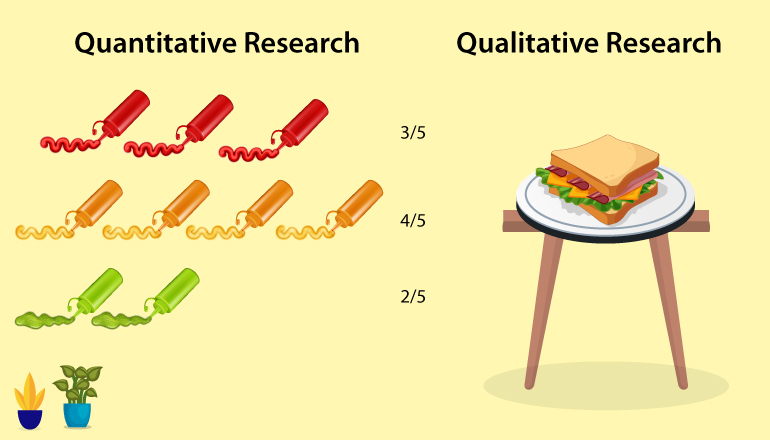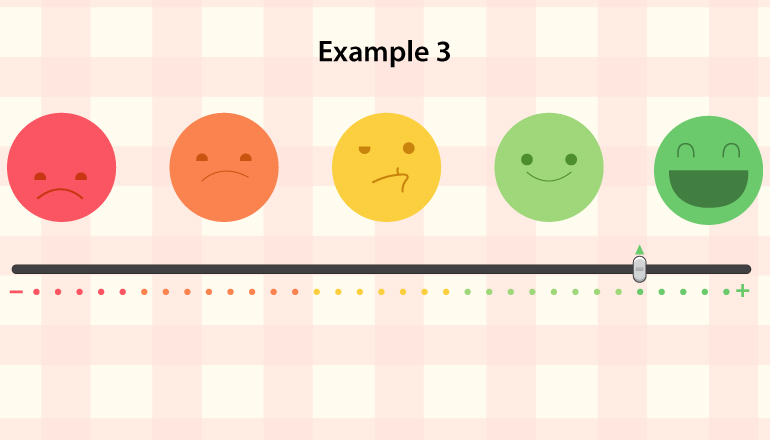India
#44, 2nd floor, 1st cross, 2nd main, Prashanth extension, Bangalore - 560066. +91 80883 21887 [email protected]
USA
101 Gillespie Dr, Franklin, Nashville Area, TN - 37067 +1 812 221 1110 [email protected]

UX research helps in the development of analytical techniques used to know the user experience regarding the product. The research should be conducted in such a way keeping in mind who the user is, in what context they use a product and what they need from a product or service. The business owners need to be clear of their resources and constraints before beginning a UX research. Once they are clear, they can start the research.
The duration of research and what a particular business wants to achieve decides either to choose Longitudinal Research or Cross-sectional research.
Longitudinal research mainly focuses on repeated observation of a group of users over time, at regular intervals. This research is done in order to observe user perceptions, attitudes, and behaviours. The main advantage of longitudinal research is that it extends beyond a single time frame. Because of this, the events can occur in a proper sequence. The longitudinal study can be done in many ways like diaries, participant observation, and repeated interviews/ surveys.

Cross-Sectional Research is a study where the feedback is collected from a group of people at a single point of time. Here the users are categorized into different groups named cohorts. It mainly involves assessing customers with one key factor, at a specified time. For this, the business owners invite users and categorize them into two or more groups and take their feedback.

Here, business owners should decide if they require statistical or opinions and other subjective data. Based on this, the quantitative and qualitative research can be done.

Quantitative research includes anything that you can count: time on page, time to complete a task, user flow, page view. The quantitative study in UX is more often used in market research as it involves large data sets. Here, the research will be done keeping in mind the customer preferences.
Qualitative research in UX involves mainly the behaviours, feelings, and attitudes of users. Qualitative research is done in order to understand the factors that influence the customer's decision to buy a product, experience in using that product and the impact it creates by taking the customer's feedback.
The data can be collected in two ways: through Primary and Secondary research.
Primary research is done through interviews, experiments or conducting questionnaires to acquire data. The fresh data is collected rather than the data from the published sources. Primary research is both time and resource-consuming as it requires direct interaction with the customers.

Secondary research focuses on analyzing already existing sources like research papers, journals, articles. For those who are having less time and limited resources, Secondary research will be an added advantage as it takes relatively less time.

The objective of the research is to investigate the problem and trying to fix the problem in the most efficient way. This can be done through Exploratory research, Descriptive research and Evaluative research.
Exploratory research is done in order to investigate the problem at the preliminary stage. This research thus involves conducting interviews, group discussions with the customers as per the requirement and identify the problem regarding the product.

In descriptive research, the problem statement is already given and is used to gain a detailed understanding of the problem. This research helps in providing the complete solution to the problem after a detailed analysis of the problem.

Evaluative research is done by approaching the users and try to find out whether the solution which you got in the Descriptive research works out or not. The main aim of this research is to see if the problem got completely fixed or not.


Pure research is basic research in order to identify the relationship between variables. Pure research is done completely out of curiosity and interest and is more exploratory in nature.

Applied research is based on basic or pure research. This is done in order to solve the problem identified in the pure research phase. The outcome of this research is mainly used for the present use, not for the future.

Read more: How is Voice Experience Shaping the Future of UX Design
It is also essential to choose the correct research approach for a product at the correct time. The Nextbrain Studio uses these kinds of approaches for UX researches for better customer satisfaction.